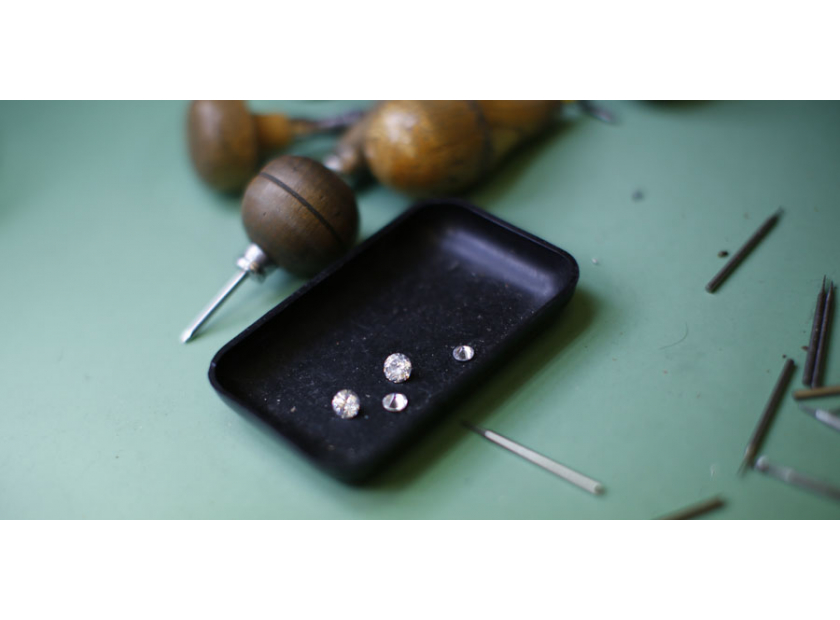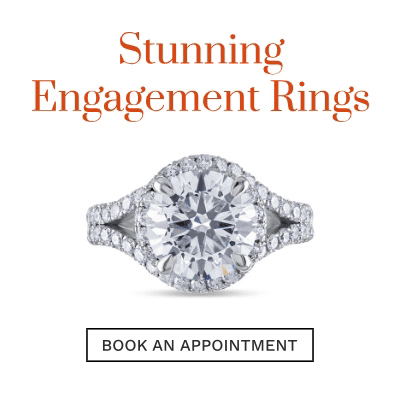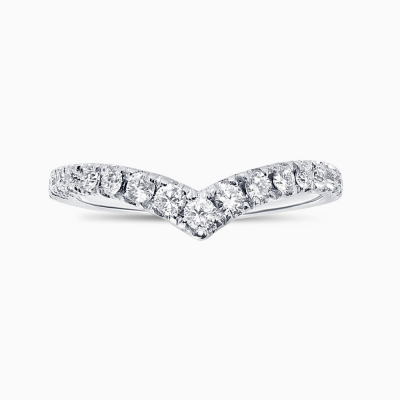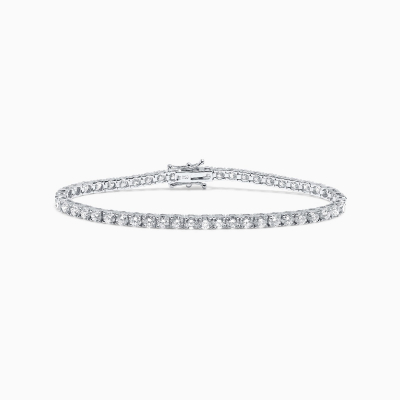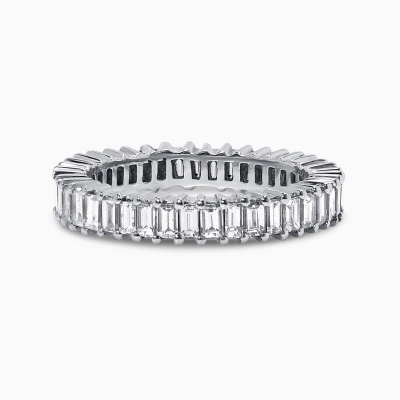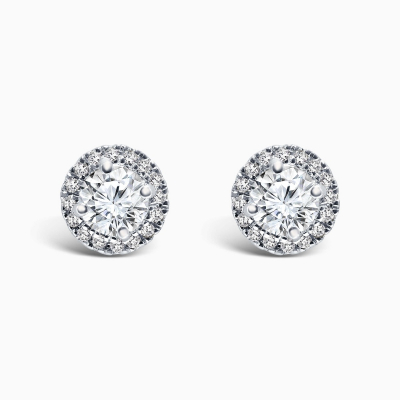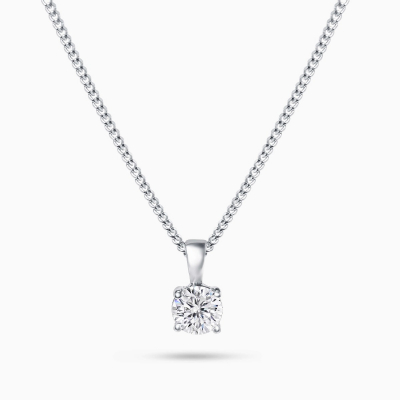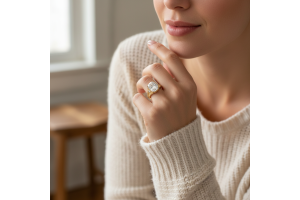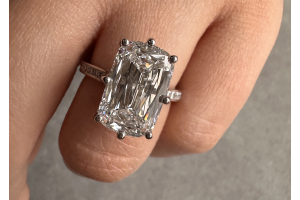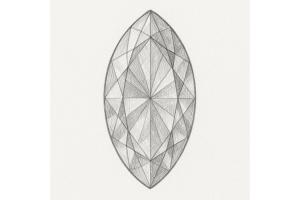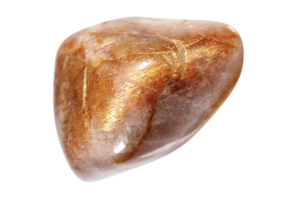GBP
/
GBP
/
Shipping to:
Currency:
If you are planning to buy your special woman a diamond engagement ring, then you would be well advised to learn a little bit more about what makes this the precious and sought after stone in the world.
Facts about diamonds which will help you to choose the prefect engagement ring as there is so much more to a diamond than meets the eye! Each diamond is unique; it is a creation of time and place and therefore has specific qualities that establish its value.
The Gemological Institute of America (GIA) created the first, and now globally accepted, standard for describing diamonds which is referred to as the ‘Four C’s of Diamonds’ – the measures of Colour, Clarity, Cut and Carat Weight. This is the universally accepted method for assessing the quality of a diamond, so that jewelers can communicate to customers exactly what they are about to purchase. All of these factors must be considered equally when comparing diamonds, but it is widely believed that more than any other factor; it is how the diamond is cut that will determine its defining characteristic.
Colour : All diamonds are graded by their colour with the most valuable and rarest colour of diamond being white, that is to say, colourless which is of course the most popular colour of diamond used for engagement rings. If you look very closely at a diamond you will find that not all white diamonds are created equally and grading allows the differentiation of whether a slight yellow hue can be detected. Jewellers grade absolutely colourless diamonds with a "D". The scale then moves up to "Z" and, between these two extremes, diamonds will display subtle coloured tones. Diamonds with a very strong and distinct colour are extremely rare and are called fancies.
Explore Our Collections
Cut : The trademark glisten and sparkle of a diamond is not created by nature but by its ‘cut’ which influences its interaction with light and produces its characteristic brilliance. It is easy to see why the quality of the cut of a diamond is so important as if a diamond is cut incorrectly, the defining sparkle will be compromised. It is how the 57 or 58 facets which are the tiny planes cut on the diamond's surface are angled and sized that dictate how light reflects and exits the diamond, an effect known as its "fire". If the cuts are made too deep or too shallow then it follows that the diamond will be less brilliant. The cut also determines the ‘shape’ of the diamond but cut and shape should never be confused, they are two different entities. The most common shape is the round cut, but others include the princess, the emerald, the pear, the marquise, the oval and the heart shape.
Clarity: This is the way in which the amount of imperfections, also referred to as ‘inclusions', in a diamond is measured. These imperfections are microscopic and therefore cannot be seen with the naked eye and are caused by foreign materials in the stone. If you look into most diamonds with a jeweller's loupe which is a magnifying eyeglass, you will see small inclusions, they look like small clouds or feathers. Inclusions can affect the diamond's fire, but they also make each diamond unique and so should not be regarded as a fault. The higher the clarity grading, the rarer the diamond but providing that the diamond is graded SI1 (Slightly Included 1) or better (best and most expensive is IF, or Internally Flawless; worst is I3, or Imperfect 3), then the diamond is perfectly acceptable for use in a piece of jewellery.
Carat: This is the measurement of weight, and thus the size, of a diamond. A carat is equal to 0.2gm or 200mgm and a carat is divided into 100 smaller units called points. So for example, three-quarters of a carat is 75 points. The average size of most engagement ring diamonds is somewhere between one carat and half a carat. It is important to remember that the size of a diamond may not necessarily correlate to its value as the cut grade of the diamond and its carat combine together to give it the brilliance and sparkle that we see in the finished product.
When buying a diamond it is important that you request certification which proves that the diamond has been assessed, graded and coded with a laser by an independent gemmological laboratory such as the GIA HRD or IGI. This will guard you against the purchase of a diamond that has been made with substitutes such as zircon, white sapphire, topaz or quartz which are natural minerals that can be nearly colourless and used as natural diamond substitutes. Synthetic substitutes include cubic zirconia and moissanite. All these are sold as legitimately cheap alternatives but be aware that they are sometimes, albeit rarely, passed off as real diamonds. Diamonds can also be artificially treated, most commonly by being fracture filled, irradiated or laser treated. All of this is legal, as long as it is disclosed to the buyer, but if you want a "real" and untreated diamond, guard yourself against terms such as "clarity enhanced". All diamonds sold by Reve Diamonds are fully certified. read more about diamonds.



